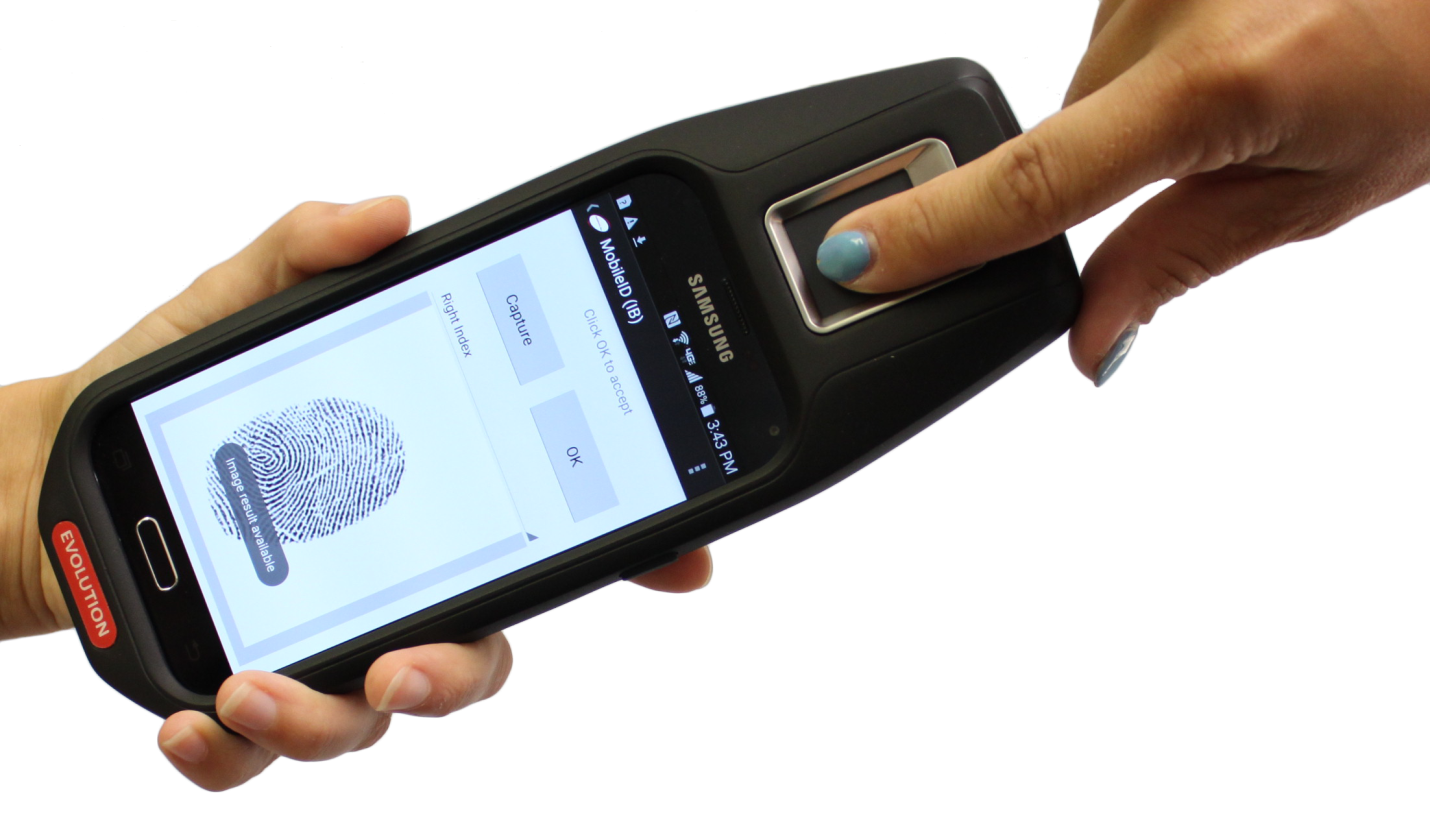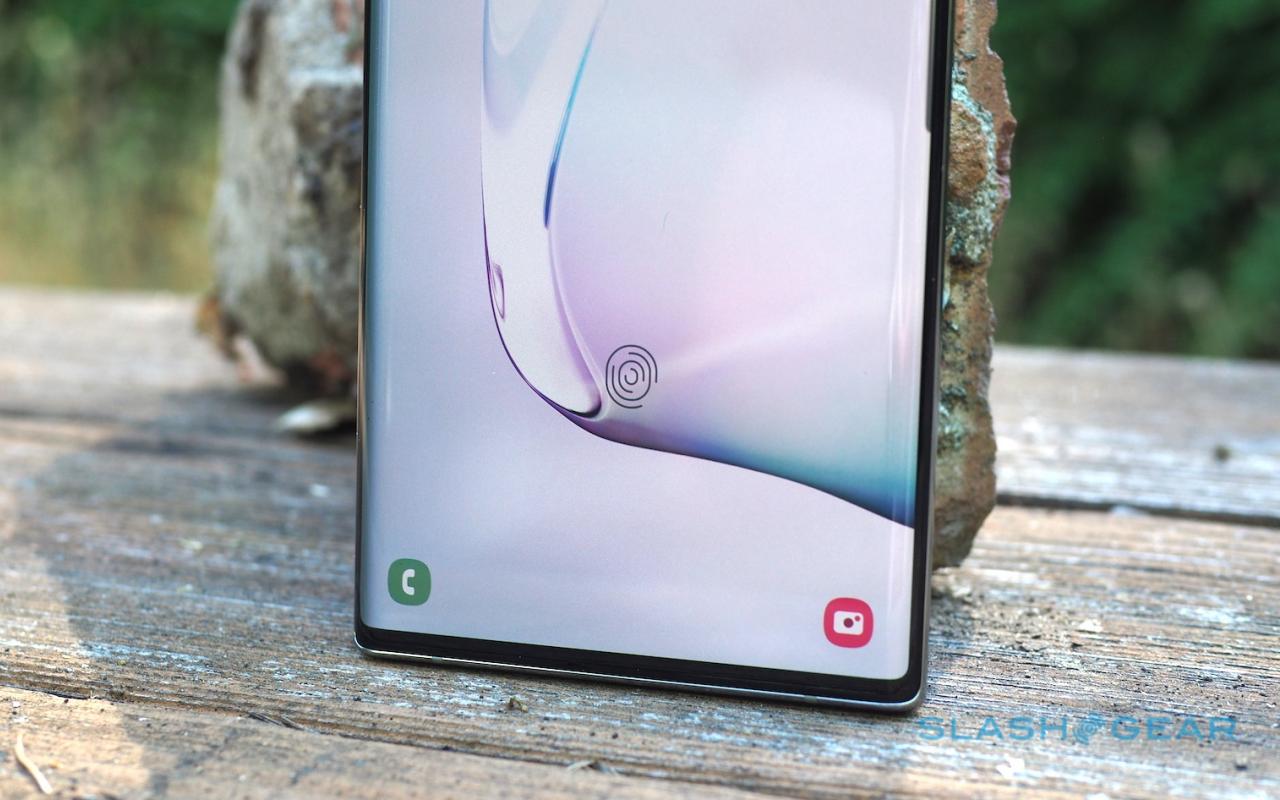

- #FINGERPRINT CAPTURE TECHNOLOGY MANUAL#
- #FINGERPRINT CAPTURE TECHNOLOGY VERIFICATION#
- #FINGERPRINT CAPTURE TECHNOLOGY SOFTWARE#
- #FINGERPRINT CAPTURE TECHNOLOGY FREE#
Appendix F requires the highest level of quality.There are two standards currently in use for fingerprints: Most PIV-certified sensors generally are FTIR optical with the exception of IB’s LES sensors, although one capacitive sensor has been certified.
#FINGERPRINT CAPTURE TECHNOLOGY VERIFICATION#
Personal Identity Verification standards have a quality level to allow one-to-one verification. The standards ensure consistency of quality, usability, and interoperability. When these standards are achieved, the capture device is deemed to be “certified” at one or more levels of operation. PIV defines a set of standards that applies to the lower quality of the fingerprint image. There are two basic standards: Personal Identity Verification (“PIV”) and “Appendix F” of the Electronic Biometric Transmission Specification (EBTS). The standards have been developed by the FBI and are used around the world to ensure fingerprint readers meet high quality standards. The US Government has become the standards group for fingerprint readers. Reconstruction of the image allows artifacts to be introduced, creating areas of the image that are not real.
#FINGERPRINT CAPTURE TECHNOLOGY SOFTWARE#
The stitching process to combine image slices requires additional embedded software and has the potential to introduce image processing errors. To gather enough unique detail, the user must register a fingerprint multiple times in various orientations, which creates a composite profile against which partial fingerprints for a limited number of subjects can be matched. Swipe sensor technology does not meet FBI certification standards.
#FINGERPRINT CAPTURE TECHNOLOGY FREE#
The sweeping motion provides to keep the sensor free from debris and latent fingerprints however, it does not improve the inherent technology’s ability to read dry, dirty, oily or wet fingerprints.Ĭertification standards specify nomenclature for sensor area sizes. They come in a variety of sizes that could accommodate the width of a rolled fingerprint or even multiple finger or palm images captured simultaneously. The sensor can be very small, allowing for a lower cost sensor however, it could perform erratically, requiring repeated swipes to confirm a match. Multiple images may be taken while the finger is touching the sensor, capturing different positions and perspectives. If you have technical or other questions about LES film or any of our biometric fingerprint solutions, please call +1 888 840-8034 or email Sensorsįlat or curved surfaces where a finger is touched or rolled onto the surface.Ī small rectangle with a width typically larger than the finger and a height that is just few pixels, in which a finger is swept over, and image slices are combined into a two-dimensional image using embedded software. – World BankĪccess more details about our LES film via the FAQ below. Exception handling for biometric capture may include the use of: newer fingerprint scanners based on thin film imaging devices (e.g., light emitting sensors) instead of traditional optical sensors. These challenging cases require adopting exception‐handling protocols (which may be relevant for 1 to 2 percent of the population) in order to ensure total inclusion.
#FINGERPRINT CAPTURE TECHNOLOGY MANUAL#
…the most important groups are manual laborers - whose fingerprints tend to wear off from excessive use of their hands-and children, whose fingerprints are not fully developed or undergo changes with development as well as the disabled or amputees.


Whether integrating with smartphones, tablets, or other mobile solutions, LES fuels the smallest and lightest forensic quality roll scanners available in the market today, 90-95% smaller and lighter than traditional optical scanners. LES technology is the only biometric technology that can meet the stringent image performance requirements of the FBI in a “thin” form factor (less than 1 mm thick). This unique, patented technology enables our world-class fingerprint solutions to work in direct sunlight on dry or moist fingers and resist abrasion. Integrated Biometrics develops and manufactures FBI-certified fingerprint biometric scanners that utilize durable, patented light emitting sensor (LES) film.


 0 kommentar(er)
0 kommentar(er)
